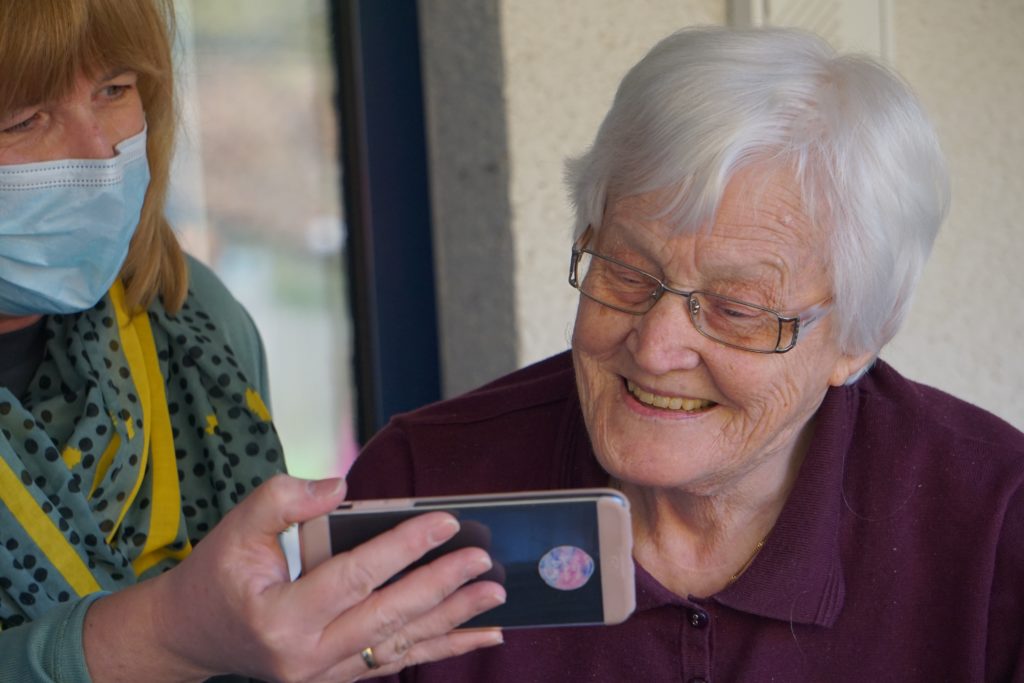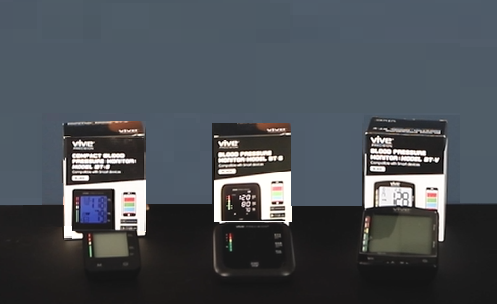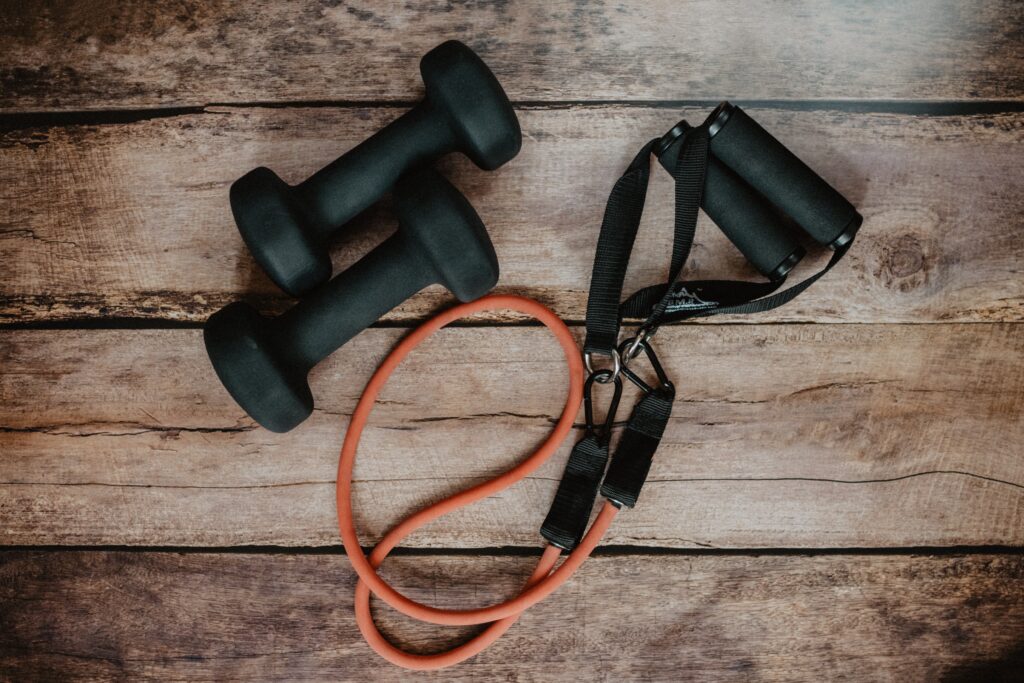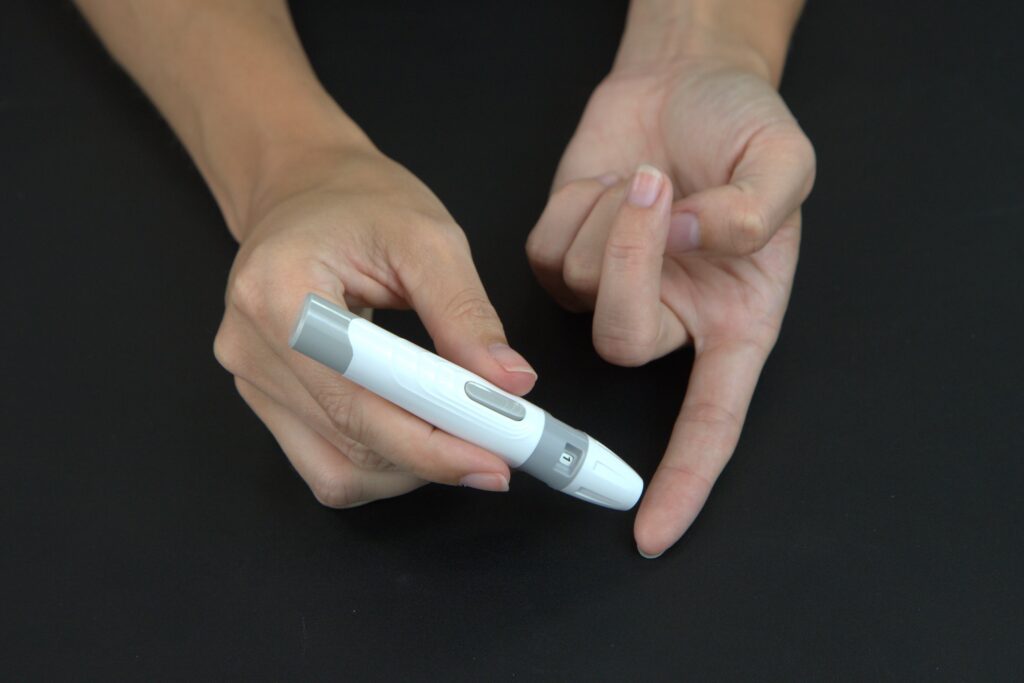Remote patient monitoring (RPM) is a rapidly evolving field in the healthcare industry that utilizes technology to collect and transmit patient data to healthcare providers, allowing them to monitor patients remotely and make informed decisions about their care. One of the primary users of RPM technology are home health agencies, which provide a range of healthcare services to patients in their own homes. This innovative approach to patient care is crucial for the delivery of quality healthcare and is becoming increasingly popular in the industry. In this blog, we will detail how to use RPM in a home health setting.
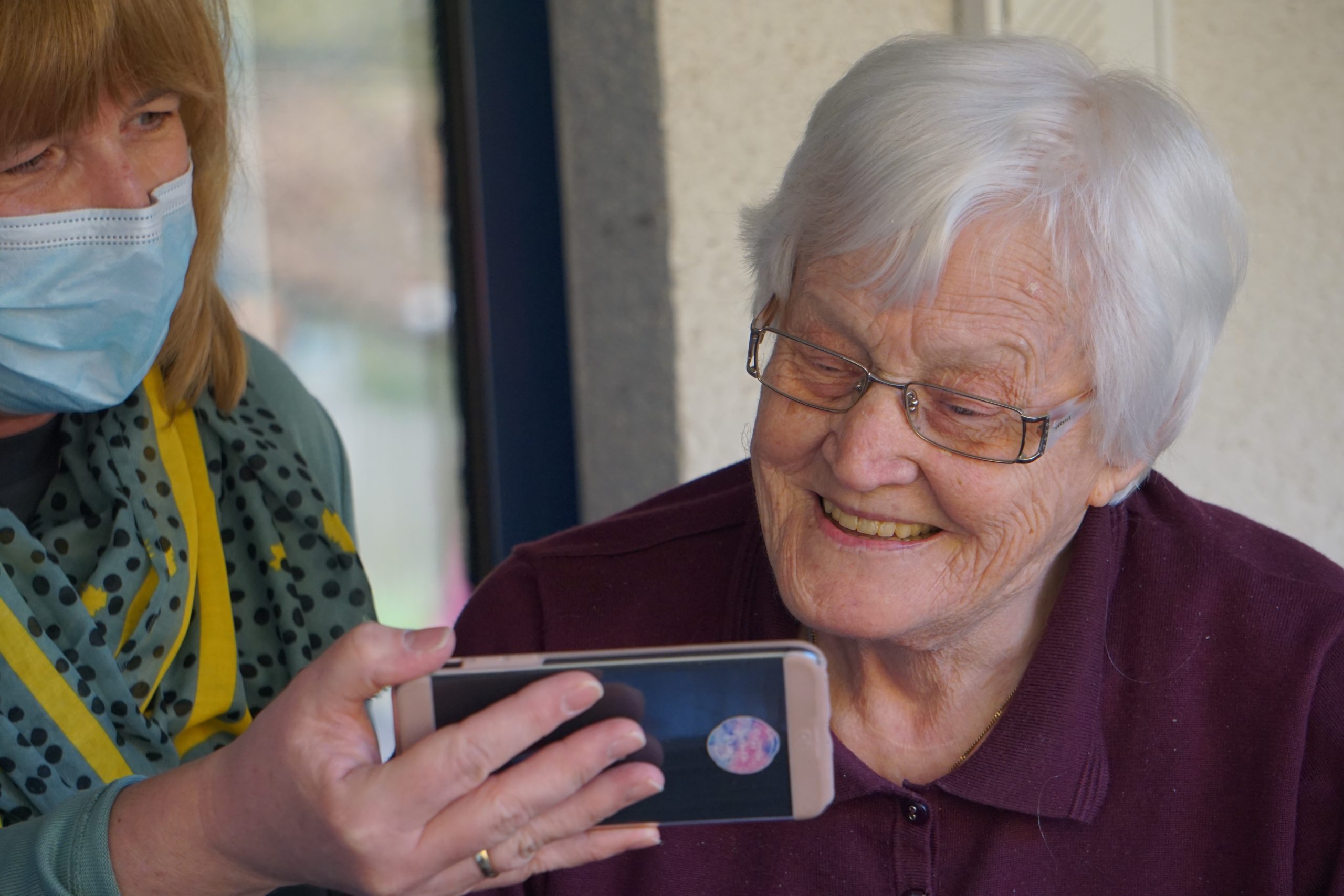
Home health agencies use RPM to monitor patients who suffer from chronic conditions such as diabetes, heart failure, and COPD. By collecting vital signs data, including blood pressure, heart rate, and oxygen levels, healthcare providers can identify potential problems in the early stages and take corrective actions. This proactive approach helps to reduce hospital readmissions and leads to improved health outcomes for patients. Monitoring medication adherence and symptoms is also an important aspect of RPM, particularly for patients with chronic conditions who need to take multiple medications regularly. By tracking medication usage, healthcare providers can ensure that patients are following their treatment plans, leading to better treatment outcomes and reducing the risk of complications.
In addition to monitoring physical health, RPM also addresses social determinants of health, which is particularly important for older adults and people with disabilities who may experience feelings of loneliness and isolation. Home health agencies that use RPM can provide regular contact with healthcare providers and caregivers, reducing loneliness and improving social connectedness for patients. This regular interaction helps to address feelings of isolation and enhance the overall well-being of patients, leading to improved health outcomes.
One of the key benefits of RPM is the ability to collect and analyze large amounts of data. By collecting data on a continuous basis, healthcare providers can monitor patients more effectively, identify trends and patterns, and respond to changes in a patient’s health more quickly. This leads to earlier interventions and treatments, reducing the risk of serious health problems and improving health outcomes for patients.
Another benefit of RPM is improved communication between healthcare providers and patients. RPM enables healthcare providers to easily share information with patients and their caregivers, keeping them informed about their health status and treatment plans. This increased transparency and communication leads to greater patient engagement and empowerment, improving health outcomes and patient satisfaction.
In conclusion, RPM is a valuable tool for home health agencies and healthcare providers, allowing them to monitor patients with chronic conditions, medication adherence, and symptoms. By collecting and analyzing large amounts of data, healthcare providers can identify potential problems early on, respond to changes in a patient’s health more quickly, and reduce the risk of serious health problems. RPM also addresses social determinants of health, reducing feelings of loneliness and isolation, and improving social connectedness for patients. With its many benefits, RPM offers a more effective and efficient way to deliver quality care to patients, making it an increasingly popular approach in the healthcare industry.
However, it is important to note that RPM is not a substitute for in-person visits with healthcare providers and regular check-ups. While RPM can provide a lot of useful information and help healthcare providers monitor patients more effectively, it cannot replace the expertise and knowledge of a trained healthcare professional. Patients should always consult with their healthcare providers and follow their recommended treatment plans, even if they are using RPM to monitor their health.
Overall, RPM has the potential to revolutionize the way that healthcare is delivered, making it more accessible and convenient for patients, while also improving health outcomes and patient satisfaction. As technology continues to advance and become more integrated into healthcare, it is likely that RPM will become an even more important tool for home health agencies and healthcare providers in the future.
Read our last blog post here about 7 effective sleep hygiene habits.
